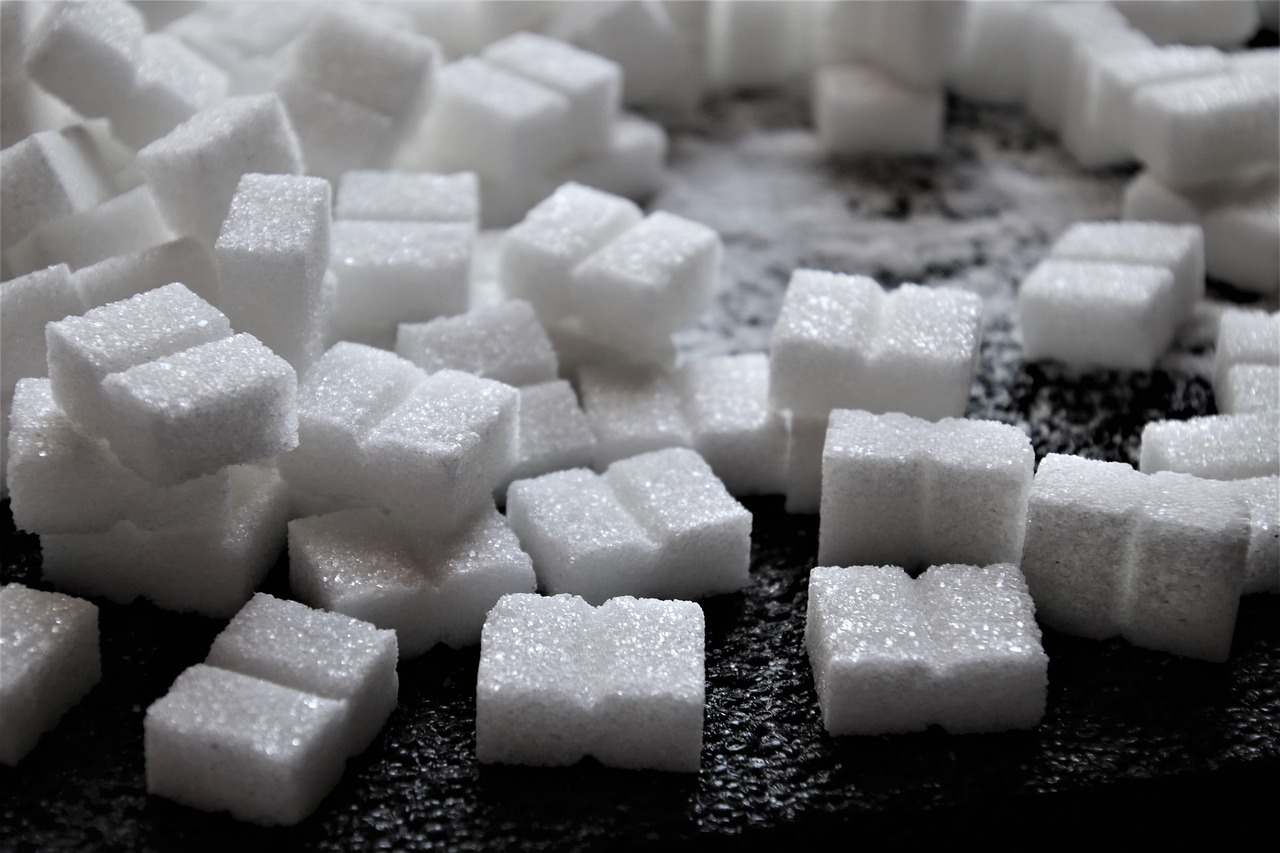
What is the glycaemic index?
The glycaemic index, or GI, is a rating scale that allows us to understand how much a food or drink affects our blood sugar, or glucose, levels.
The GI classification system ranges from 0 – 100 where 0 is a low GI and 100 is a high GI.
Water is classed as 0 and glucose is classed as 100.
Why is the glycaemic index important?
The human body has an amazing ability to break down food and drink into smaller more usable parts. Some of these parts are used as the building blocks for growth and repair and some of these parts are lost from our body in our stool, sweat and urine as they are of less use to us.
One of the most important things that we get from food and drink is energy. This comes packaged in different forms such as sugars, carbohydrates, proteins and fats.
As most of these types of energy are not easily accessible to the body they need to be broken down into chemicals that allow us to access the energy stored in them.
Some types of food and drink are easy to breakdown and release their energy quickly whilst other are hard to break down and release their energy slowly.
Those that release their energy quickly are classed as having a HIGH GI.
High GI food and drink help you feel full quickly, but their effects are short lived and often lead to feeling tired and hungry quickly.
Examples include
Potatoes mashed with margarine
Parsnips
Corn flakes
Rice crispies
Slimming world HiFi bars
Scones
Rice cakes
Mashed carrot and swede
Fish cakes
Fruit strings
Those that release their energy slowly are classed as having a LOW GI.
Low GI food and drink help you to feel fuller for longer.
Examples include
Peanuts, Almonds, Hazelnuts, Brazil nuts
Pork spare ribs
Vegetable lasagne
Grapefruit
Kidney beans
Wheat flour tortillas
Apricots
Chocolate nut spread
Cottage cheese
How can I use the glycaemic index?
The GI is especially useful to Diabetics to help understand how food or drink affect blood sugar levels.
For example, it is well understood that taking a diet rich in low GI food and drink can help control the blood sugar levels in Type 2 Diabetics.
High blood sugar levels for prolonged periods of time lead to widespread damage in the body increasing our risk of a number of serious illnesses. Examples include having a heart attack, having a stroke, or developing blindness or kidney failure.
What are the limitations of the glycaemic index?
Whilst understanding the GI is a great way of measuring how quickly food or drink will affect our blood sugar, it’s not a good way to assess how “healthy” a food or drink is. For example some foods or drinks that have a low GI might be high in fat or salt which cause other problems in the body.
The aim of the game is to develop a healthy balanced diet where no one building block of life is too little or too excessive.
Useful Links and Downloads
(Based on research by Aston et al. Obesity Reviews 2010).
